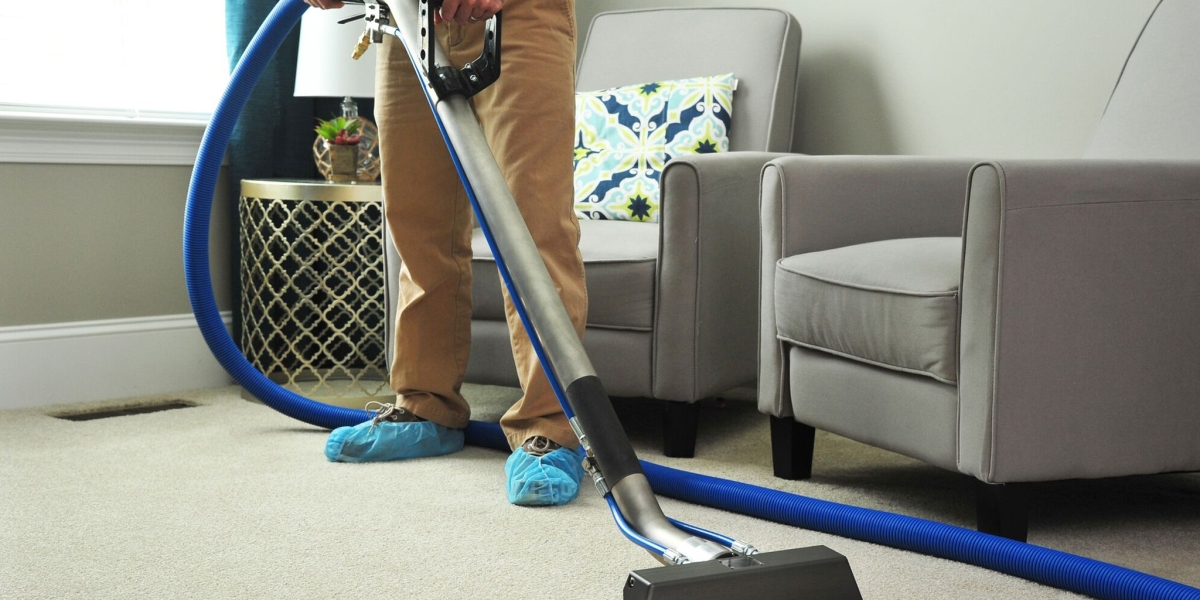Carpet cleaning is an essential aspect of maintaining indoor air quality, aesthetic appeal, and extending the lifespan of carpets in residential and commercial spaces. With advancements in technology and a growing awareness of environmental issues, the carpet cleaning industry has evolved significantly over the years. This article explores the various methods of carpet cleaning, the technologies employed, and the environmental implications of these practices.
The Importance of Carpet Cleaning
Carpets act as filters, trapping dust, allergens, and pollutants that can adversely affect indoor air quality. Regular cleaning not only enhances the appearance of carpets but also contributes to a healthier living environment. According to the American Lung Association, dirty carpets can harbor pet dander, mold, and other allergens that can trigger asthma and other respiratory issues. Therefore, understanding the best practices and technologies in carpet cleaning is crucial for both health and aesthetics.
Traditional Carpet Cleaning Methods
Historically, the most common methods of carpet cleaning included:

- Dry Cleaning: This method uses a dry compound that is spread over the carpet and then agitated with a brush. The compound absorbs dirt and is later vacuumed away. While effective, this method may not remove deep-seated stains and odors.
- Steam Cleaning (Hot Water Extraction): This method involves injecting hot water and cleaning solution into the carpet fibers under high pressure. The solution loosens dirt and grime, which is then extracted using a powerful vacuum. Steam cleaning is one of the most popular methods due to its effectiveness in removing deep stains and sanitizing carpets.
- Shampooing: This involves applying a foamy cleaning solution to the carpet, which is then scrubbed in using a machine. Afterward, the carpet is rinsed and dried. While this method can be effective, it often leaves behind residues that can attract dirt over time.
- Bonnet Cleaning: Commonly used in commercial settings, this method involves using a rotating pad soaked in cleaning solution to clean the surface of the carpet. While it offers quick results, it does not provide a deep clean and is often used for maintenance rather than thorough cleaning.
Modern Innovations in Carpet Cleaning
The carpet cleaning industry has witnessed significant innovations in recent years, driven by advancements in technology and a shift towards more sustainable practices. Some notable developments include:
- Encapsulation Cleaning: This method uses synthetic detergents that, when dry, crystallize into a powder. The encapsulated dirt is then easily vacuumed away. This technique is known for its quick drying time and minimal water usage, making it an eco-friendly option.
- Green Cleaning Solutions: With growing environmental awareness, many carpet cleaning companies now offer eco-friendly cleaning solutions that are biodegradable and free from harmful chemicals. These products are less likely to irritate allergies and are safer for pets and children.
- Automated Cleaning Systems: https://premiercarpetcleaning.co.uk/carpet-cleaning/watford Robotic cleaners equipped with advanced sensors and cleaning technology are becoming increasingly popular for maintaining carpets in homes and offices. These devices can navigate spaces and efficiently clean carpets with minimal human intervention.
- Steam Cleaning Innovations: New steam cleaning machines are more efficient and effective than their predecessors. They feature improved heating elements that produce steam more quickly and at higher temperatures, enhancing their ability to kill bacteria and allergens.
Environmental Considerations
As the carpet cleaning industry evolves, so does the need for environmentally responsible practices. Traditional carpet cleaning methods often use harsh chemicals that can contribute to indoor air pollution and have detrimental effects on the environment. The move towards green cleaning solutions is a positive trend, as these products reduce chemical runoff and minimize harm to aquatic ecosystems.
Additionally, water usage is a significant concern in carpet cleaning. Traditional steam cleaning methods can consume large amounts of water, leading to waste and potential water damage. Modern techniques like encapsulation cleaning and the use of low-moisture systems are helping to address these issues by reducing water consumption while still providing effective cleaning.
Best Practices for Carpet Cleaning
To achieve optimal results in carpet cleaning, consider the following best practices:
- Regular Maintenance: Frequent vacuuming is essential to remove surface dirt and debris. This helps prevent the buildup of allergens and extends the life of the carpet.
- Professional Cleaning: Engaging professional carpet cleaning services at least once a year can significantly improve the cleanliness and appearance of carpets. Professionals have access to advanced equipment and cleaning solutions that are not available to consumers.
- Spot Cleaning: Addressing spills and stains promptly can prevent them from setting in. Use appropriate cleaning solutions and techniques based on the type of stain and carpet material.
- Choosing the Right Method: Select a cleaning method that suits your carpet type and the level of soiling. For instance, delicate carpets may require gentle cleaning methods, while heavily soiled commercial carpets may benefit from deep cleaning techniques.
Conclusion
Carpet cleaning is a vital component of maintaining a healthy indoor environment and preserving the aesthetic appeal of carpets. With advancements in cleaning technologies and a growing emphasis on sustainability, the carpet cleaning industry is adapting to meet the needs of consumers while addressing environmental concerns. By understanding the various cleaning methods, innovations, and best practices, individuals and businesses can make informed decisions that enhance the longevity of their carpets and improve indoor air quality. As the industry continues to evolve, it is essential to stay informed about the latest developments to ensure effective and eco-friendly carpet cleaning solutions.







